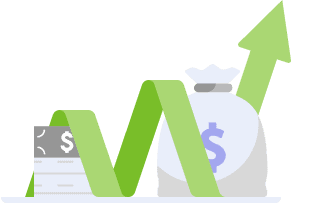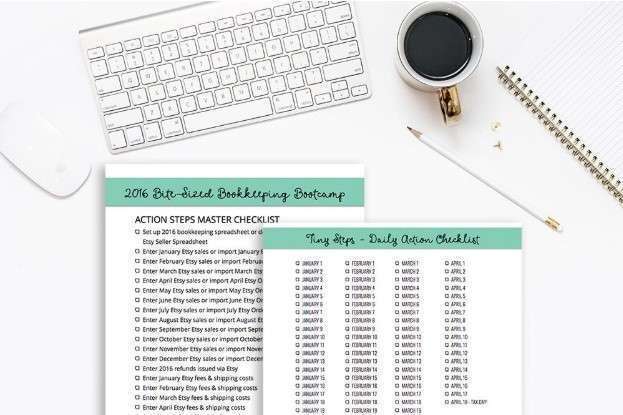Bookkeeping
5 2: Explain and Identify Conversion Costs Business LibreTexts

In today’s digital advertising landscape, data-driven decision-making is key. To illustrate, consider a furniture manufacturer that reduces its conversion costs by automating certain processes. This reduction Bakery Accounting could lower the break-even point, allowing the company to price its products more competitively and capture a larger market share. Conversely, if conversion costs rise due to increased labor rates, the company might need to reevaluate its pricing or find ways to cut other expenses to maintain profitability. From the perspective of a cost accountant, conversion costs are a key metric in determining the efficiency of production processes. A lower conversion cost per unit suggests a leaner, more efficient production line, which can lead to competitive pricing in the market.

Comparing Prime Costs and Conversion Costs
Are you tired of spending countless hours manually optimizing your digital advertising campaigns? Or maybe you’re looking for a more efficient way to target your audience with precision and accuracy. Welcome to the digital age, where the world is just a click away and businesses are harnessing the power of technology to unlock unprecedented growth opportunities by digital market development.
Is Programmatic SEO good?
- Remember, accurate cost accounting is the backbone of financial health for any manufacturing business.
- You should also set realistic and specific targets for each metric, based on your industry benchmarks and historical data.
- Are you feeling frustrated by a negative review on your Google business profile?
- In today’s digital age, having an online presence is crucial for any business, including dental practices.
- The advantages and disadvantages of using conversion cost as a performance indicator.
For example, suppose a company outsources the production of a product to a contract manufacturer. In that case, the contract manufacturer may be responsible for purchasing and maintaining equipment, paying for utilities, and handling other overhead expenses. This can lower the total conversion cost of producing a product for the outsourcing company. How do companies keep track of their expenses, production, sales, and efficiency? Companies largely depend on different metrics to monitor these essential parameters. One such unit is called the ‘conversion costs’ and it refers to the expenses incurred in turning raw materials into inventory that is sellable.
Test for SEO optimization
- Programmatic Mobile Advertising In today’s digital landscape, mobile devices reign supreme.
- Management can also benefit from using conversion costs, as they can be incorporated into the price setting process of a product to ensure that the target profit margin is achieved.
- Finally, we’ll provide tips on how a company can accurately track and report conversion cost.
- This can help to ensure that the cost of goods sold is calculated accurately and that any discrepancies are identified quickly.
- Introduction to White Label Marketing Seeking to improve your business’s marketing efforts without the challenges of hiring an in-house team?
The financial analyst’s viewpoint emphasizes the impact of conversion costs on the company’s financial statements. A reduction in these costs can conversion costs lead to an improved gross margin, which is attractive to investors. For example, a company that successfully reduces its conversion costs by 10% could see a corresponding increase in its stock price, as the market often rewards efficiency gains with a higher valuation.

Product Led Marketing

It refers to the expenses incurred during the production process, specifically the transformation of raw materials into finished goods. Calculating the cost of conversion accurately is essential for businesses to determine the overall production costs and make informed decisions. Conversion Cost is the total money a company spends to transform raw materials into finished products. It includes direct labor (workers’ pay) and manufacturing overhead (other production expenses). On the other hand, the conversion cost is the sum of direct labor and manufacturing overhead expenses incurred while turning raw materials into a finished product.
Conversely, a financial analyst might focus on how these trends affect the company’s bottom line, considering the implications for product pricing and profitability. Meanwhile, a supply chain specialist would examine the impact of conversion cost trends on inventory management and supplier negotiations. In the realm of cost accounting, the decision to make or buy a product is a pivotal one that hinges on the concept of conversion costs.
DV360 Programmatic Advertising
The degree of completion is the percentage of work done on the units in a production department. The cost of conversion is calculated by multiplying the total costs by the degree of completion for each cost element. However, the cost of goods manufactured is based on the actual costs incurred during the period, regardless of the degree of completion of the units.

- This information can be useful for cost accounting and management purposes, which we will discuss in the next topics.
- The true cost a company uses in the process of turning raw materials into finished goodsincludes both overhead and direct labor.
- For example, if a company overestimates the overhead costs for a product line, the gross margin will appear lower than it actually is, potentially leading to the discontinuation of a profitable product.
- Conversion costs reflect a company’s total amount spent converting raw materials into fully-furbished products.
- PPC Intelligence In the fast-paced world of digital marketing, staying ahead of the competition is crucial.
- Understanding the conversion cost is crucial for managing cash flow effectively.
- It’s important to note that the cost of conversion calculation may vary based on the specific requirements and accounting practices of each business.
The conversion cost, on the other hand, is estimated to total and resolve any production inefficiency. Although the prime cost is computed and given at the start of the cost sheet, there is a fixed standard that requires the computation of conversion cost until and unless the manager demands it. Numerous manufacturing overhead costs are encountered in manufacturing facilities and processes. Rent of factory building, electricity, gas and coal used in production, salaries of production managers, depreciation of production machines and equipment are a few examples of these costs.
If the company how is sales tax calculated has a strategic focus on innovation and quality, maintaining in-house production might be the preferred choice, despite the higher per-unit cost. To illustrate, consider a furniture manufacturer that uses expensive, high-quality wood and employs skilled carpenters. The direct labor cost is high due to the carpenters’ wages, but the manufacturing overhead might be relatively low if the machinery is efficient and well-maintained. The total conversion cost will reflect the balance between these two factors and will significantly impact the company’s financial statements and pricing strategy. The cost of conversion is calculated for each production department, while the cost of goods manufactured is calculated for the whole company. In a process costing system, where the production process is divided into several departments or stages, the cost of conversion is computed for each department separately.
